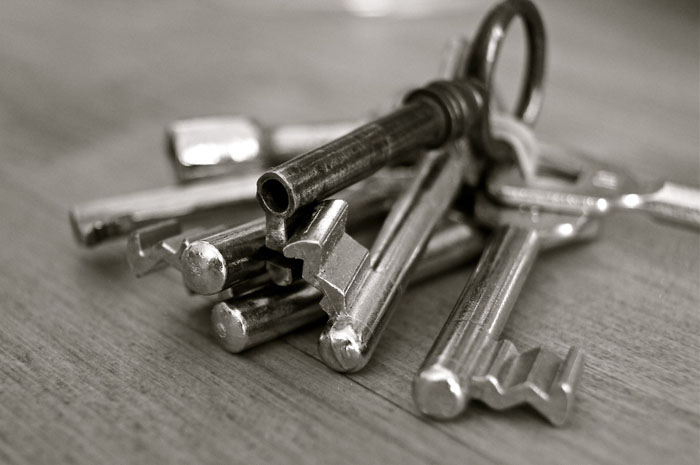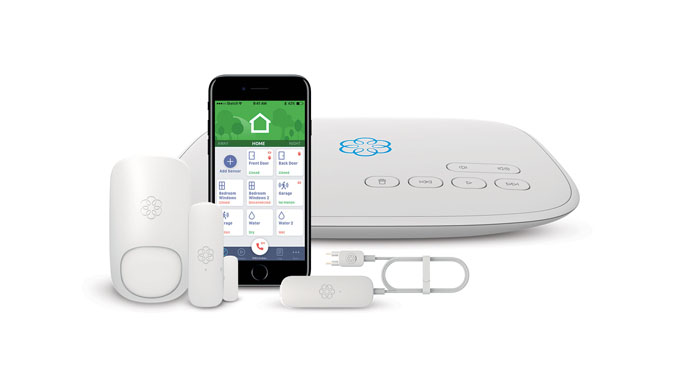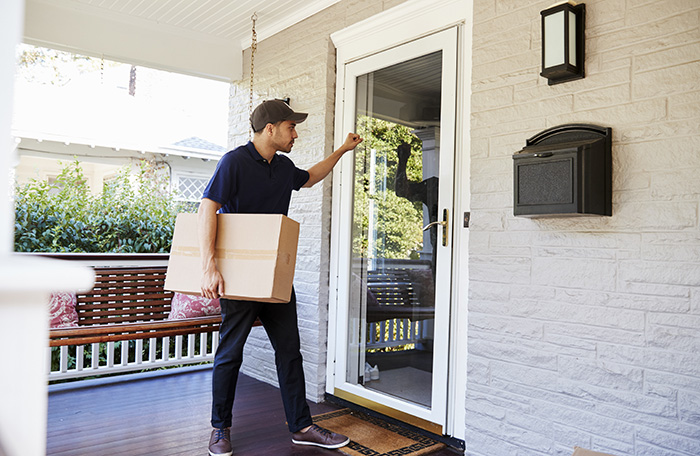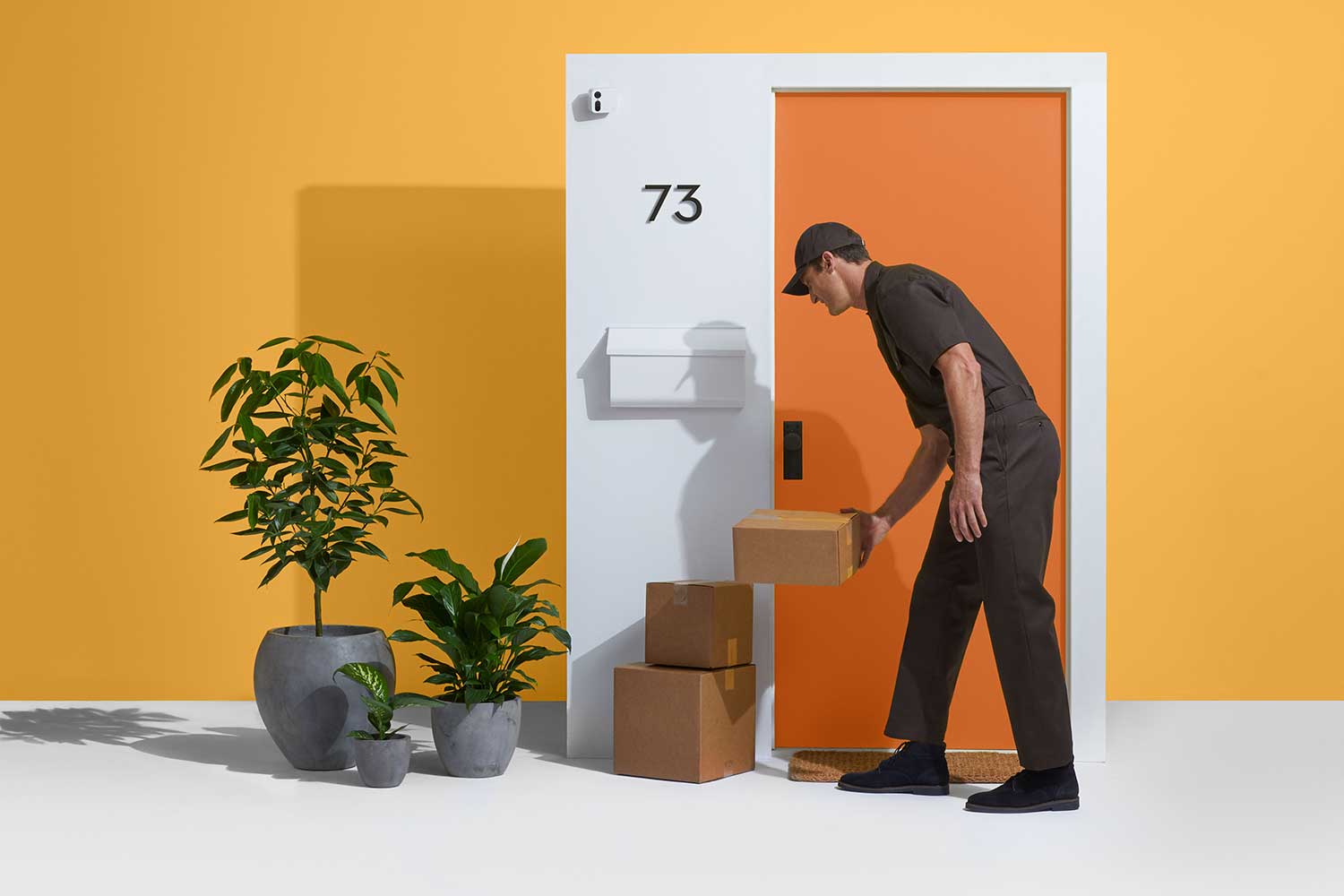Smart Home Security – How Smart Homes Are Changing the Security World

In recent years, smart home technology has radically transformed the home security landscape with numerous changes and developments. To understand the impact of the smart home on the security space, it helps to take a closer look at what security systems looked like before and after the onset of smart home tech. Smart home solutions like Ooma Telo offer a smart home security system with Remote 911. After placing window and motion sensors in your home, you’ll receive real-time notifications and alerts. Even when you’re out of town you can speak directly with your home’s emergency dispatcher, who will automatically receive your home address information to provide the fastest response time possible.Compared to traditional security systems, this DIY guide to security systems may help save you thousands of dollars.
Smart home solutions like Ooma Telo offer a smart home security system with Remote 911. After placing window and motion sensors in your home, you’ll receive real-time notifications and alerts. Even when you’re out of town you can speak directly with your home’s emergency dispatcher, who will automatically receive your home address information to provide the fastest response time possible.Compared to traditional security systems, this DIY guide to security systems may help save you thousands of dollars.
Security before smart home tech
As long as people have roamed the Earth, they’ve wanted to protect their life, family, and property. Centuries ago, people used animals to alert them of intruders. In the mid-1700s, an English inventor designed a series of chimes and bells that connected to a lock. When the door opened, the chimes sounded. In the 1850s, home security really took off.Thanks to electricity and magnets, the first voltaic “burglar annunciator” was registered in Boston in 1853. This was simply an electrical wire that ran through the door, so if the magnet was moved a circuit completed. Electricity would then run through a bell and cause vibrations, which created an unmistakable noise.In the early 1900s, telephone lines helped create the security systems that we’re familiar with today in that they didn’t just alert the homeowner, but also law enforcement or a security company. After that, not much changed until motion sensors were introduced in the 1970s.These more modern home security systems relied on sensors that were connected to batteries or hardwired. The relatively recent addition of security cameras brought more peace of mind, but footage wasn’t always recorded and couldn’t easily be viewed remotely.In other words, regardless of what system you had, unless you were at home, you wouldn’t be able to know what was happening at your home in real-time.Security with smart home tech
Everything changed in the 2010s.Thanks to advancements in smart home technology, homeowners can now receive alerts the very second someone approaches their home. They can also link to a live video of what’s happening inside their homes.This change in post-smart tech is due to the that home security systems are now wireless. This means there are no wires for criminals to cut in the middle of the night or while you’re out of town. With smart video surveillance you can see inside and outside of your home through a live stream or footage stored to the Cloud to view later.Best of all, you don’t have to be anywhere near your home to check what’s happening. This is because you can access your smart home security system remotely using a smartphone or tablet.And that’s only the tip of the iceberg.Smart home technology allows you to lock and unlock your doors and know who entered your home and when with smart locks. You can also turn on light bulbs remotely with smart bulbs like those from Philips Hue.Even more promising is that you can now install your own home security system. Smart home solutions like Ooma Telo offer a smart home security system with Remote 911. After placing window and motion sensors in your home, you’ll receive real-time notifications and alerts. Even when you’re out of town you can speak directly with your home’s emergency dispatcher, who will automatically receive your home address information to provide the fastest response time possible.Compared to traditional security systems, this DIY guide to security systems may help save you thousands of dollars.
Smart home solutions like Ooma Telo offer a smart home security system with Remote 911. After placing window and motion sensors in your home, you’ll receive real-time notifications and alerts. Even when you’re out of town you can speak directly with your home’s emergency dispatcher, who will automatically receive your home address information to provide the fastest response time possible.Compared to traditional security systems, this DIY guide to security systems may help save you thousands of dollars.Why smart home tech makes your home more secure
Here’s a rundown of the pros provided by smart home technology when it comes to security:Remote access – Smart home tech allows you to view and monitor your home’s security from the palm of your hand.Remote control – Along with remote access, you’re able to turn alarms on and off, light up the backyard, or even let authorized individuals into your home directly from your smartphone or tablet.Customized security – Smart home tech provides numerous types of security systems. You can select an all-in-one system or pick and choose the individual components that you want for your home.Smart security options to consider
There are a number of ways that you can implement smart home technology to keep your home secure.These include:- Smart alarms and sirens that will alert homeowners to potential emergencies in the home by either audible alerts or smartphone alerts.
- A 4-in-1 security camera like the Piper nv operates as a security camera, a smart home hub, and a motion and temperature/humidity sensor.
- Smart locks that can secure doors and let homeowners remotely lock/unlock and set unique codes.



